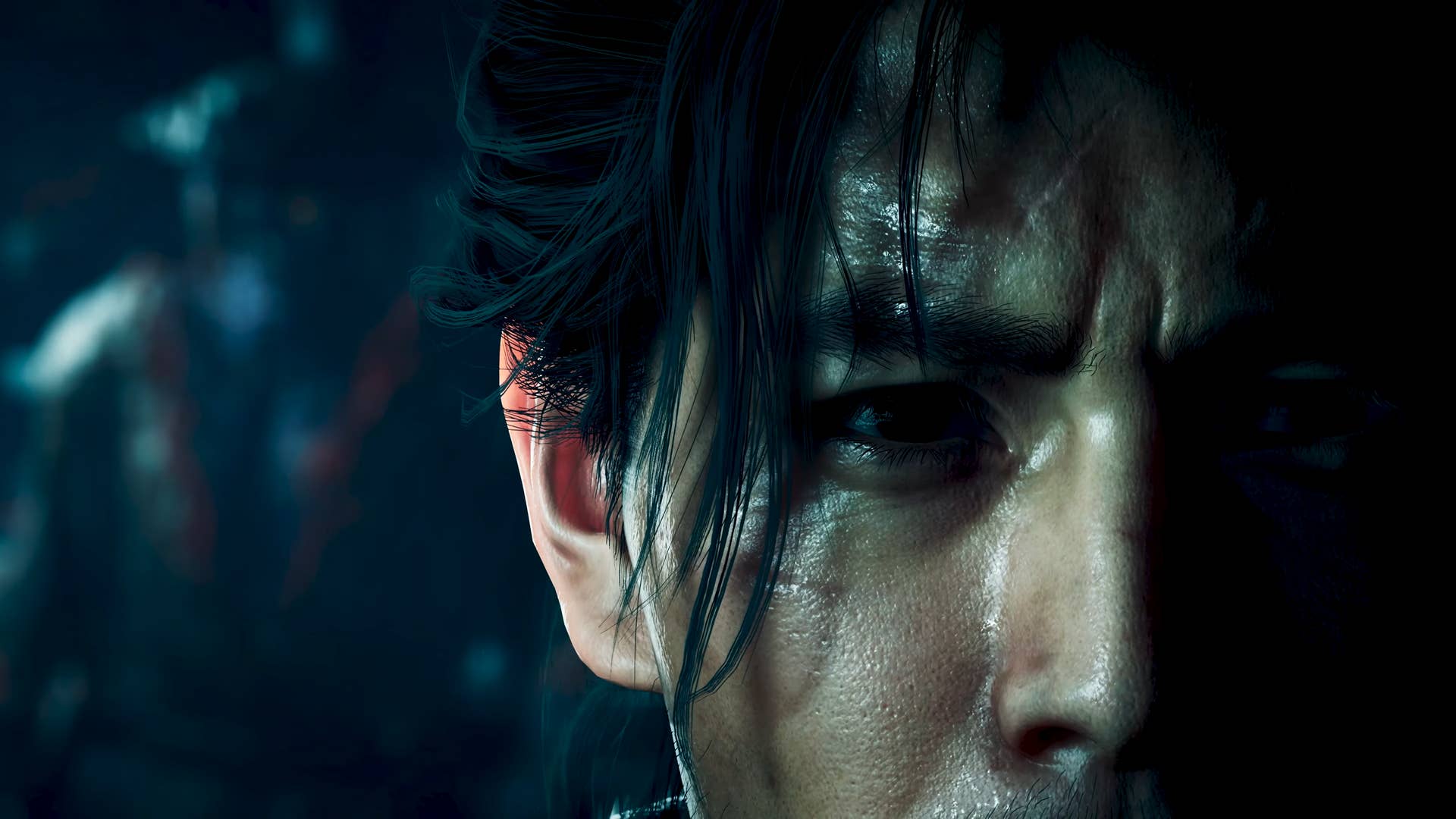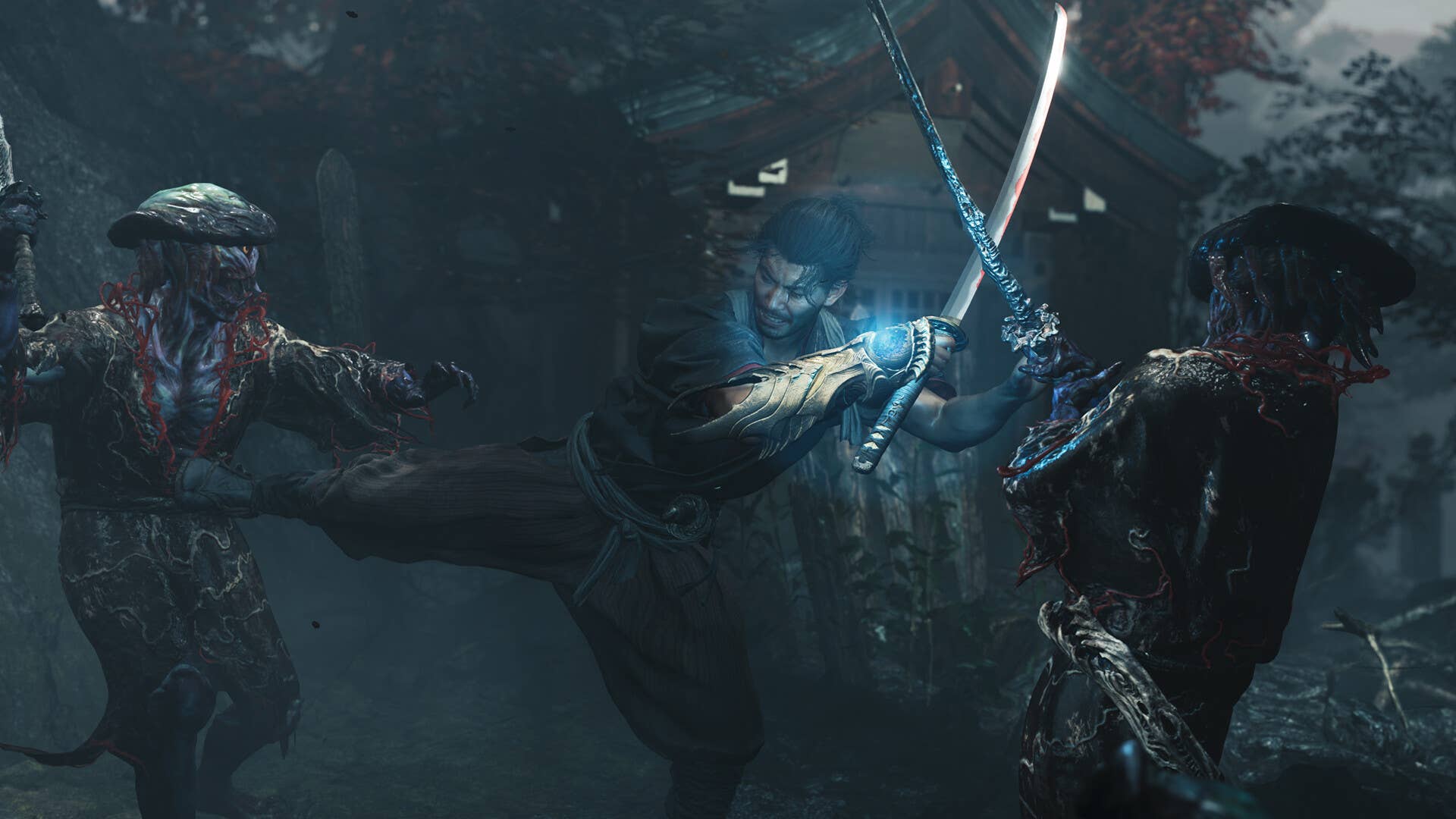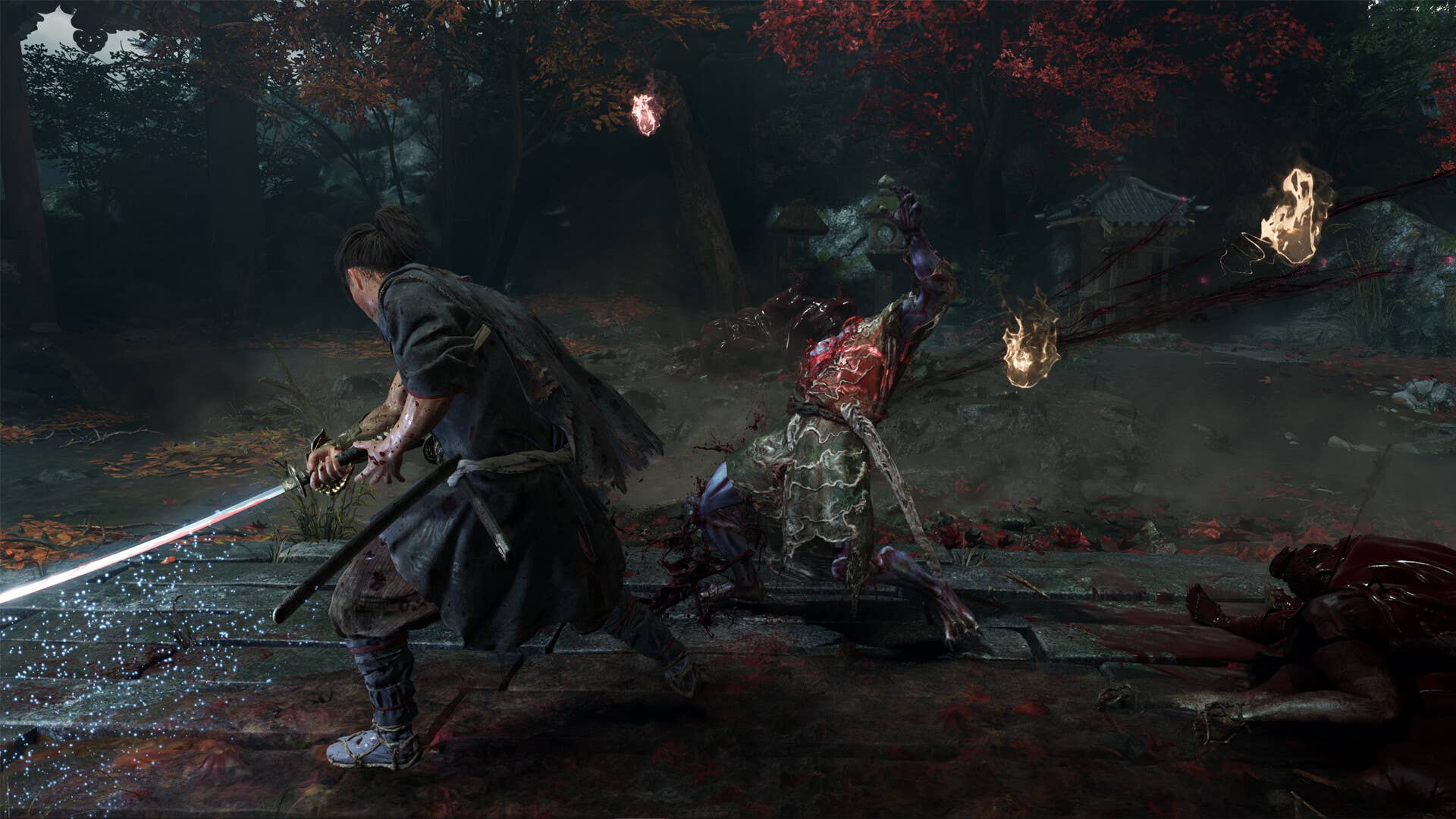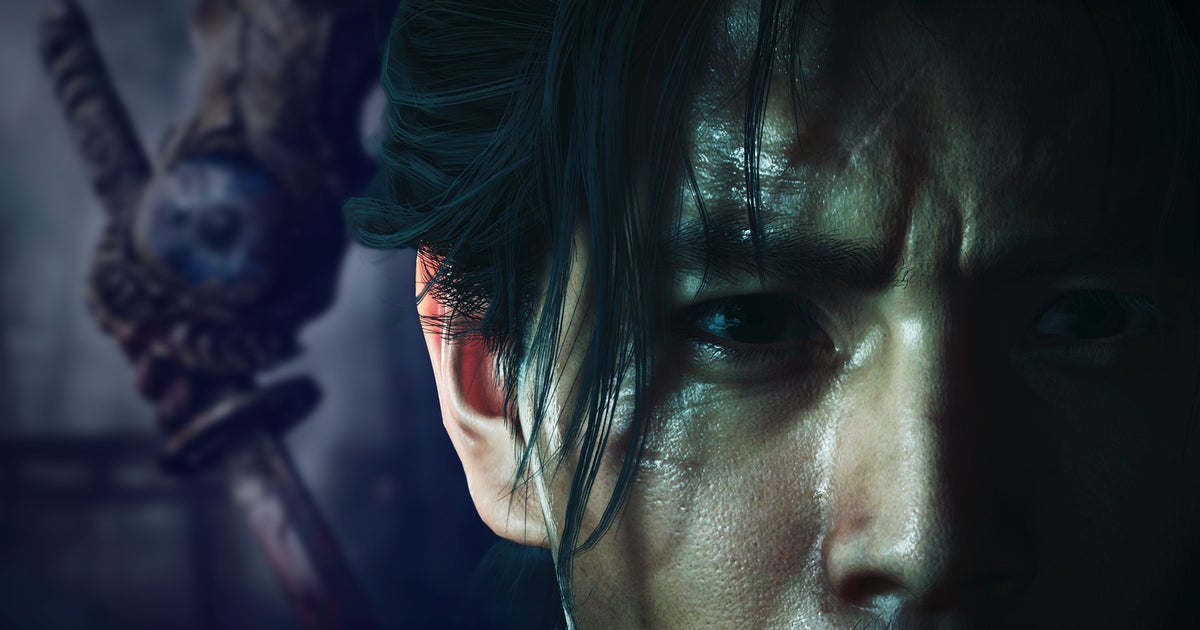It’s arguably the perfect time for the return of Onimusha. If we’re discounting remasters and strange Japan-exclusive spin-offs, it’s been almost twenty years since the last entry in the series – and it does feel a lot like that time has seen the ground prepared for the return of Capcom‘s demon-slaying samurai series.
For one, there has been a huge surge in the popularity of media set in and around feudal Japanese history. We’ve got the likes of Ghost of Tsushima and Nioh, and elsewhere Shōgun is the most gripping and moving TV drama in recent memory. In mechanical terms, Onimusha’s absence has encompassed the entirety of the crunchy melee action game revolution that’s been primarily led by FromSoftware.
Basically, it feels like it’s the best possible time to revive Onimusha as a heavy action game with sword-to-sword and sword-to-demonic-beast combat. But predictably, the team at Capcom behind the game is coy about how much of that they’ve really paid attention to.
“The hardware capabilities,” replies Onimusha: Way of the Sword director Satoru Nihei when asked about what of the last twenty years has been most influential over the new vision of Onimusha. Which, fair enough: in the world of hardware, a hell of a lot has changed.
“There are things we couldn’t have possibly implemented, such as quite detailed sword clashing and physical animations. Things like that conceptually can let us drive the action in directions that are new.”
No mention, then, of other recent games in similar settings, or of the soulsy shadow that no doubt loomed large and was probably mentioned in a hundred development meetings. But some developers, especially from Japan, are reluctant to have the names of other company’s games in their mouths – even those behind a series that has always been about absorbing enemy souls that now is recontextualised by that which has come since. I get that – and we don’t really need their admission to see that influence.

In a hands-off demo of live gameplay, you can see the distinct contours of the modern age grafted to systems lifted from the Onimusha series right back to the 2001 original. There’s also a greater heft to combat, and gamers’ embracing of parry systems now means that there’s the ability to focus down more on that with impeccably stylish and beautifully animated results.
In other ways, Way of the Sword’s developers lightly rebuke some trends. “We knew from the start that we don’t want to make a mega tough game where you’re just dying constantly,” says producer Akihito Kadowaki. “That wasn’t our goal. We want to build a level of challenge that’s satisfying to overcome, but also can appeal to a broader range of players than the absolute highest end of difficulty level.”
Perhaps this is not Onimusha reimagined for 2025, but rather Onimusha filtered through 2025. That’s a canny way to strike a soft reboot, for sure. At the same time, some things have changed. This is a more realistic game, with a photo-realistic art style powered by Capcom’s RE Engine – and realism, even in a game choc full of snarling demons, was clearly a development watchword.
“It’s important to strike a balance, but we want it to be believable,” says Kadowaki. “Whether it’s the more plausible swordplay action or the more dark, fantastical, demonic elements.”
A key element of this harks back to something I saw extensively back when I visited Capcom’s Osaka offices for Monster Hunter Wilds back in November of last year, which is a huge investment in motion capture technology. Capcom has several enormous mocap studios now, and the technology is impressively meshed with RE Engine to the point where you can review mocap actions fully in-engine, in-environment, textured and all, in real time. With this technology at hand, the answer for Onimusha’s realism was obvious: real swordsmen.

“These professional swordsmen would be trying moves on our motion capture setup and letting us bring a sense of believability to the sword elements,” explains Nihei. “That helps you really accept the more fantastical parts as they come into the game, because it’s otherwise grounded in such a plausible basis. We’re able to merge those two things into a dark fantasy setting in a way that doesn’t feel out of place. It’s a careful balance.”
The swordmen came in, and Onimusha’s developers would let them take the lead. Rather than direct them closely, the game developers would broadly explain what they wanted and then let the experts guide them on how that might be best achieved. Then comes a back-and-forth between the two groups as gameplay considerations are meshed with what the real-life fighters think best.
“It’s very much a collaborative process,” says Nihei. “It’s important for us to respect the mastery that the sword experts had.”
That mastery ended up with unintended consequences, however. Perhaps when we look at how Onimusha: Way of the Sword has been changed by the march of time, technology is indeed the most important – because of how Capcom’s evolving motion capture capabilities had a knock-on effect on the rest of the game – and its protagonist, Musashi Miyamoto.
“One of the interesting things that came to us was – you know, we all have this image of Samurai as having a strict code of conduct and rules that they follow,” Nihei muses. “Certain things aren’t allowed, there’s a certain way you’ll hold and use your sword and so on.
“It might be seen as fighting dirty or whatever, but the experts we spoke to said: look, ultimately, when you’re about to die in a sword fight you’ll break the rules. You’ll do what you have to do to stay alive.
“It was an interesting realisation for us that, maybe, as outsiders, we were taking it too much as a given that – oh no, even when he’s about to die, he wouldn’t possibly be able to do this kind of thing. It’s like – no! Let him do it! Let him try to live!”

With that revelation came careful thought about Musashi Miyamoto himself, a character who has after careful licensing negotiations been bequeathed the likeness of the legendary late Japanese actor Toshiro Mifune, star of many classic samurai movies including the seminal Seven Samurai. Mifune’s face is one way Onimusha reaches for legitimacy – the advice of swordplay experts, right down to characterisation, is another.
“It’s something that made us think about Musashi Miyamoto as a character,” Nihei continues. “Because there are scenes where he will use weapons that aren’t a traditional samurai sword, or as you mentioned earlier he might use environmental gimmicks. Like, is that to the rules of the samurai, to push someone into a flaming torch or whatever?
“Plus, there will be dialogue scenes where it’s like, ‘Oh, you call yourself a samurai doing this kind of thing?!’ It made us reflect on his characterisations. Someone who isn’t just that one side of the super strict samurai bushi code – but actually a human who has to make moment-to-moment decisions on how he’s going to approach every situation to stay alive.”
This Onimusha is familiar but different, then. In that hands-off demo, one can see shades of the 2001 original and its successors, but also of much that has come since – and lessons learned and technology iterated right across Capcom’s soaring portfolio of the last decade or so.
It certainly seems set to be a triumphant return – though as with any well-honed blade, the test will come in battle – which will be when we all can have the game in our hands at some point in 2026.
